Our family of five has a fleet of sea kayaks in Maine that we transport a few hundred yards down the road and through a lupine field to reach the harbor. In the beginning, we carried them by hand. Then a kayaker friend loaned us a couple of stern-mounted carts with small wheels. They were an improvement over carrying the boats and were okay going down the road, but in the meadow the wheels tripped and dragged, and could pull themselves off. Even on pavement, we still had to lift the bulk of the weight of each kayak at the bow.
It also bothered me that those carts could only carry one kayak at a time. Since we often paddled with four or five of us, I longed to be able to transport several at a time so we could spend our time paddling, not walking back and forth transporting boats.
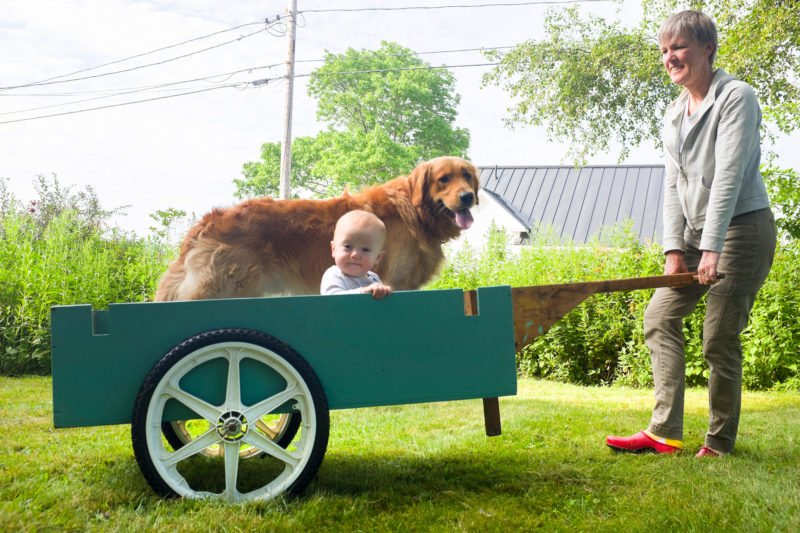 Photographs by Jim and Elizabeth Root
Photographs by Jim and Elizabeth RootWhen not carrying boats, the cart looks and functions like any other simple yard cart, appreciated by all the family.
I pondered the idea of adapting a garden-cart to carry boats. I was put off by the price of the ready-made versions, and having a good stack of scrap wood left from old projects, I decided to figure out my own kayak carrier. My kids have always laughed at my frugal inclinations and love to say that our family motto should be: “We don’t need to buy that, we can make it.”
I started with what I thought would be a working prototype, so I didn’t try to get fancy. I thought I’d refine my design with something more elegant but, 15 years later, it’s still working perfectly, and I have yet to make it look nicer or to change anything: it just works. For most of the construction, everything was simply fastened together with drywall screws. I used a little glue where I thought some extra strength might be good. The cart looks crude enough that I don’t worry about leaving it out in public while we’re out for the day paddling: it’s always been there waiting patiently for us when we return.
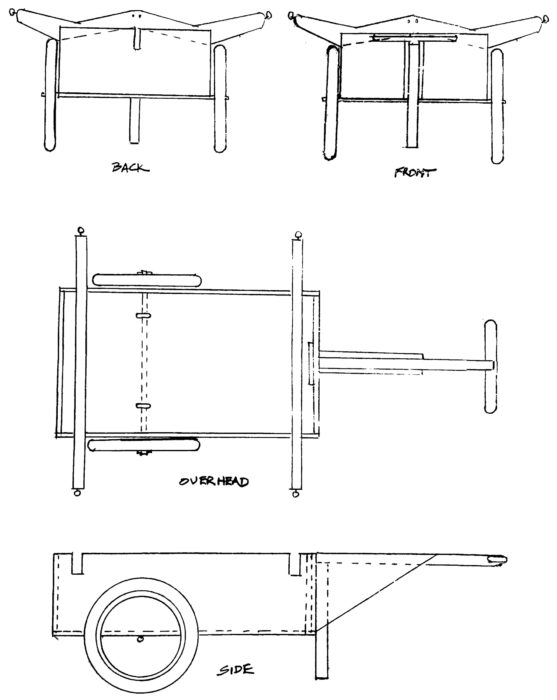 Jim Root
Jim Root.
My thinking was essentially to have a box of 1⁄2″ plywood with a steel rod for an axle attached underneath with two U-bolts. The large wheels, like those on garden carts, would easily roll over soft ground, bumps, and tall grass. Set on top of the box would be two crossbars long enough to carry two kayaks side by side. I had a couple of pine 2×6s that were about 5′ to 6′ long, which would drop into slots on either side of the box. Angled cutouts would cradle two kayak hulls and prevent them from rocking or sliding sideways. Cutouts on the bottoms of the crossbars provide extra clearance for gear heaped in the cart. Strips of old rubber doormat on the tops of the crossbars protect the hulls from scratches. Each crossbar also has two little scraps of wood nailed to each side, just inside the box sides, that keep the crossbar itself from shifting from side to side on the box. The plywood box is 48″ long, 25″ wide, and 12″ deep but the dimensions can be adjusted to one’s particular needs.
At the end of each crossbar is a small screw eye which anchors a bungee to hold a kayak in place. The other end of the bungee is stuck in a 1⁄4″ hole in the center of the crossbar. I wouldn’t pull kayaks down a highway in this way, but for walking in our quiet village, the arrangement for securing them is more than adequate.
The 20″ wheels are available as replacements for garden carts. I found a pair of nylon wheels with pneumatic tires on sale for $15. I liked the idea of the nylon because we’d be using the cart around salt water. There are many online sources for similar nylon wheels, some pneumatic, others non-pneumatic. A pair costs about $60. I bought a 3′ length of 5⁄8″ plain steel rod (to match the 5⁄8″ wheel bearings) from a hardware store to serve as the axle. After the rod is cut to length, a small hole is drilled through each end of the axle hitch pins to hold the wheels, with washers on both sides of them.
I made the tongue and a vertical stand to support it with lengths of 2×2; a pair of gussets of 3⁄4″ pine join the two pieces. Another piece of 3⁄4″ pine, inside the cart and set parallel with the stand, provides a backing for the screws that fasten the brace-and-tongue assembly. Set in a mortise at the forward end of the tongue is a piece of walnut that serves as a handle. Rounded off and sanded smooth for comfort, it is the only nice wood on the entire cart. The finished cart weighs about 35 lbs.

It’s not just boats that make use of the cart, sometimes it’s the living passengers that take priority.
When we set out for the shore, we put all our gear—PFDs, dry bags with cameras, clothes and extra gear, water bottles, lunch cooler, and the rest—in the cart’s box and then we load the kayaks on the crossbars.
The kayaks are best positioned on the cart with their weight slightly forward of the axle: if they are too far back, the whole cart wants to tip backward and will not rest on its kickstand; too far forward, and you’re going to work too hard lifting while pulling. With just a slight amount of the weight shifted to the front, lifting and pulling the cart requires practically no effort at all. The kayaks can also be pushed from the rear when paddling companions lend a hand on uphill stretches. Compared to every other means we’ve tried, transporting boats on the cart requires only a fraction of the effort.
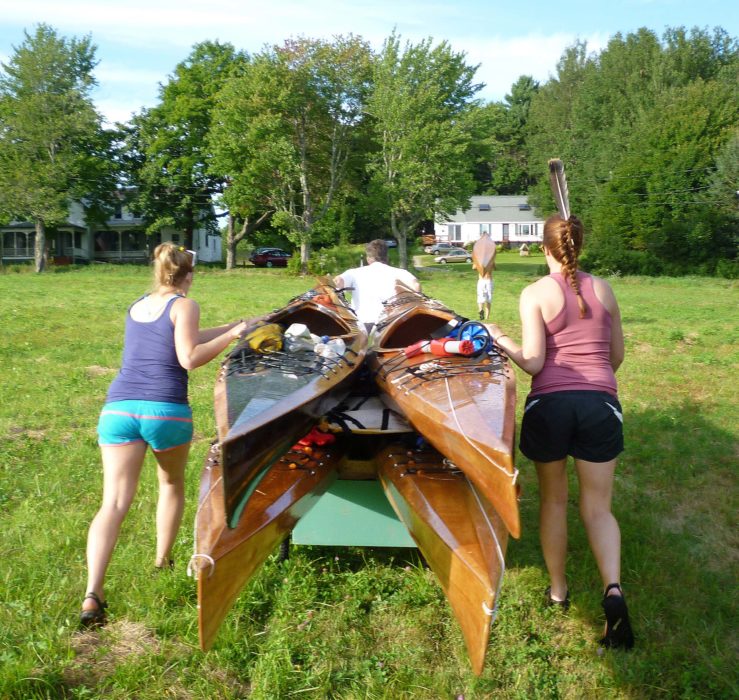
Transporting kayaks between the house and the water used to require multiple trips and a good deal of effort. Now, up to five kayaks can be carried together and with little more effort than a gentle push from behind and minimal pull from ahead.
Two kayaks can be easily transported by just one of us. I don’t use the cart’s handle as it gets buried in between the boats—I grab the bow toggles and use them, instead. If we want to transport a third kayak, we lay a couple of PFDs across the two bottom kayaks as padding and center the additional kayak on top. The most we’ve ever carried is five kayaks.
I’ve imagined making a variation of the tongue that could attach to a bike. Given flat enough terrain, one could likely pull a couple of kayaks or a small boat a long way with ease
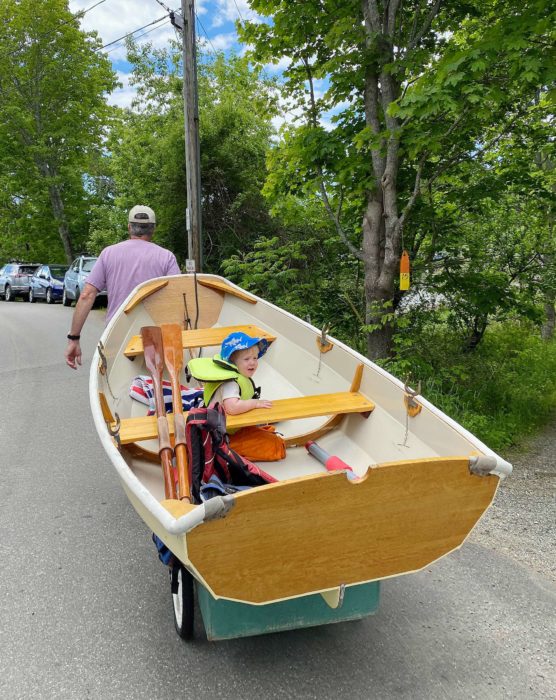
Although designed and built with kayaks in mind the cart is also used to transport a Nutshell Pram (and grandchildren). A notch cut into the rear end panel of the cart holds the boat upright and stable.
The cart is also perfect for walking our Nutshell Pram the 1⁄4 mile to the town landing. A narrow slot cut in the back wall of the cart holds the skeg, the pram’s painter is tied to the cart tongue, and the dinghy stays solidly in place even while going over the bumps along the way. Again, properly balanced, there is almost no effort to pulling the loaded cart; any boat that can be lifted by two people could balance on it. Our 20′ × 30″ triple sea kayak rests very comfortably on the cart, as does our canoe. I haven’t made a second, wider set of crossbars, but with them the cart could carry two or more canoes.
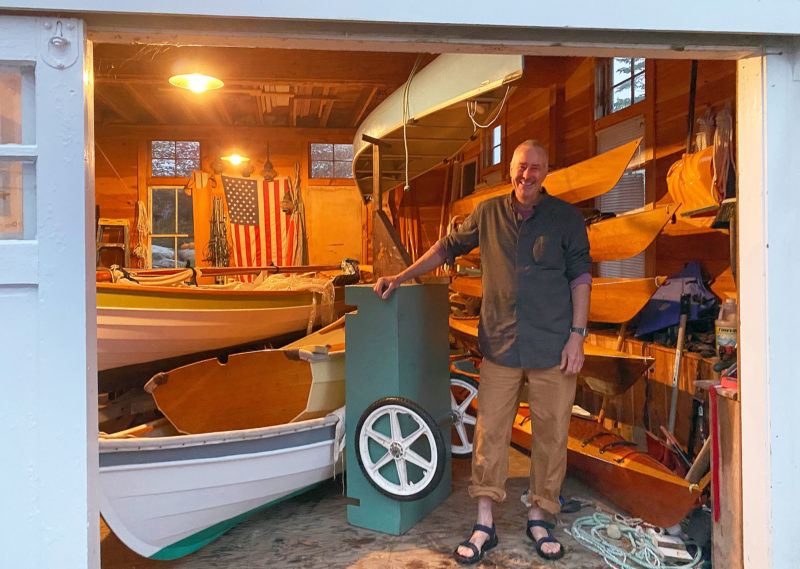
In winter the crosspieces are removed, the cart is cleaned out, and it’s stored on end in a corner of the boatshed.
With each season, this humble cart has more than proved its worth. With the crossbars removed, it is a handy and functional multi-use cart. It’s great for garden and yard work, for carrying boating gear or loads of firewood, and for taking grandkids and dogs for rides. We put it away standing on end in the boat shed, tucked into a small space. The crossbars simply hang on the wall on a couple of nails, bungee cords dangling until our kayaks need to get out on the water again.![]()
Jim Root splits his time between a home in Barrington Hills, Illinois, and Round Pond in mid-coast Maine. He is now retired after a career in communications and advertising. He finds subjects in Maine for his passion for painting landscapes and boats. You can see his paintings on his website.
You can share your tips and tricks of the trade with other Small Boats Magazine readers by sending us an email.





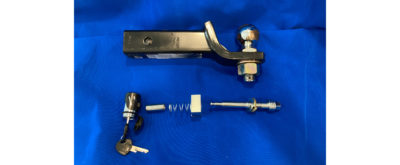
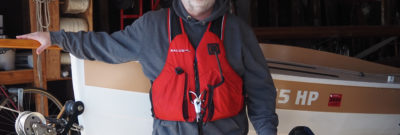

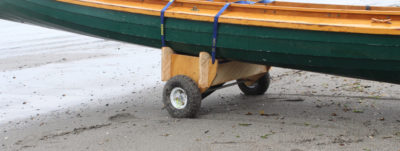
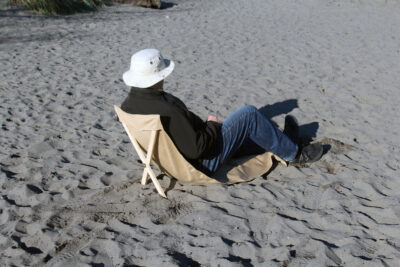
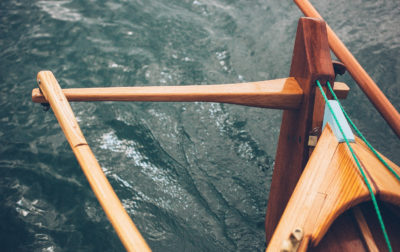
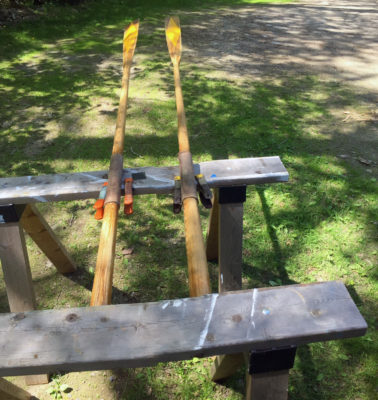
Simplicity at its best and capable of hauling multiple boats.
After reading the article I started to build my own boat cart. I could easily use all measurements and instructions for building. I could use wheels from testing my ice optimist on wheels and now I am owner of this wonderful cart. Thanks Jim Root for the inspiration. In the picture you see the petrel play sea kayak (Nick Schade design) I’ve built and my brand new Greenland paddle after first testing. The handle of the cart is removed since I don’t need it for kayak transport.
Best regards,
Sebastian Schröder
Looks great, Sebastian! Sorry to just be seeing your photos. I’m really glad the design worked for you. Feel free to keep modifying to suit your needs.